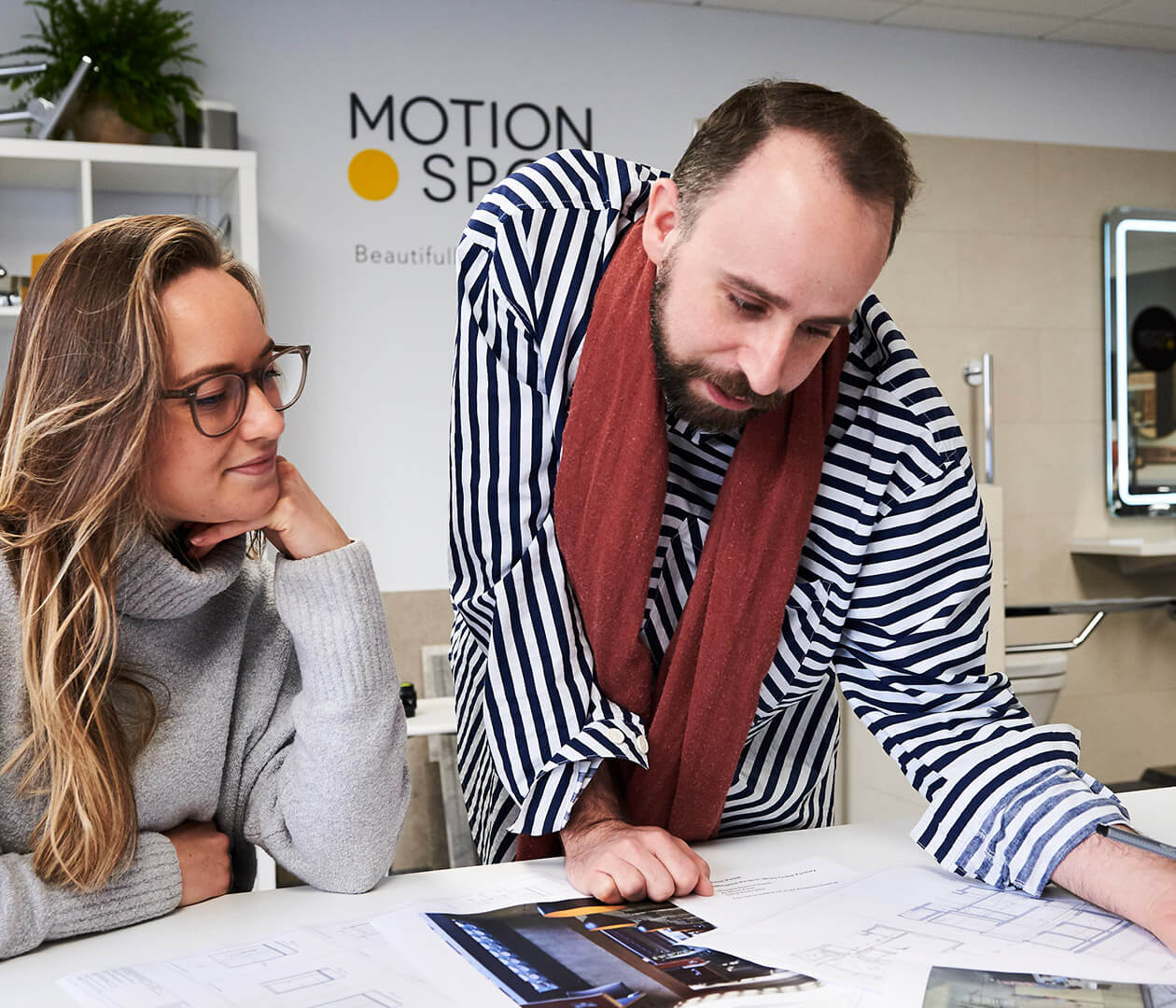Epilepsy and the built environment: Jessie Buckle

Jessie Buckle, Architectural Designer, Royal Institute of British Architects (RIBA) Editor and Writer, UCL postgraduate and PhD proposal candidate. An advocate for equality, inclusion and accessibility.
Jessie recently visited the Motionspot Design Studio to share her research and personal experiences of epilepsy and the built environment.
What drew you to a career in architecture?
As a child, I used to watch my grandad do the most beautiful drawings, with annotations and scribbles. These drawings transformed into things he would build or make. This fascinated me.
Tell us a bit about your research into epilepsy and the built environment
Disabling Environments: Absences in Architectural Conditions is a phenomenological exploration of the relationship between epilepsy, climate, and the built environment.
I was confronted with an epilepsy diagnosis at the age of 19. Following this, navigating architectural environments became disabling, and the binary divisions between disabled and abled bodies within contemporary architectural education and spatial environments became strikingly real. Epileptic episodes and symptoms are induced by environments. Despite this, research connecting the two is minimal. Therefore, this research aims to ignite critical and creative conversation regarding the topic, as well as challenge and remake conventional access and inclusion practices.
What would you most like people to know about epilepsy?
- Neurological conditions, such as Epilepsy, operate diversely and each deserve equal acknowledgement.
- Epilepsy and disability as a whole, are far too widespread, thought-provoking, and urgent to be greeted and addressed with a single domain of research.
- Epilepsy is common. Around 50 million people worldwide have the condition (WHO).
- One in 26 people will develop the condition during their lifetime (Epilepsy Foundation).
- Epilepsy is not simply seizures provoked by flashing lights.
Do you have a favourite project you have worked on?
My favourite project would be building the Elisabeth Coit profile for the Beverly Willis Architecture Foundation (BWAF), Pioneering Women archive, alongside Aislinn McNamara, Jessica Fletcher, Mary McLeod and Victoria Rosner. Pioneering Women is an innovative database exhibiting the profiles of fifty pioneering female innovators, who ruptured barriers, challenged patriarchal notions, social conventions and gender stereotypes. That until now, were unacknowledged for their contributions to the architectural landscape.
https://pioneeringwomen.bwaf.org/elisabeth-coit
What are you most excited about in the field of inclusive and accessible design at the moment?
- Challenging expectations of inclusive and accessible design.
- The endless possibilities arising through collaboration, cross-pollination and interdisciplinary design approaches.
- Continuing to ignite critical and creative conversations, in which challenge and remake conventional access and inclusion practices.
What/who is the most important factor that has supported you in your career?
My mum. She has championed everything I have done throughout my career. Ever since I can remember, she has empowered me to thrive and outdo expectations conceived by gender or chronic disability. In equilibrium with the importance of compassion, selflessness and generosity.
Get in touch.
Our team is always happy to discuss your requirements and provide a scope and fee proposal for your project. Get in touch to chat through your plans with us.

Start a conversation
Get in touch to chat through your plans or requirements and see how we can help. Please complete your contact details below.
Contact usStay connected
Sign up to receive the latest inclusive design insight and inspiration from our team.



